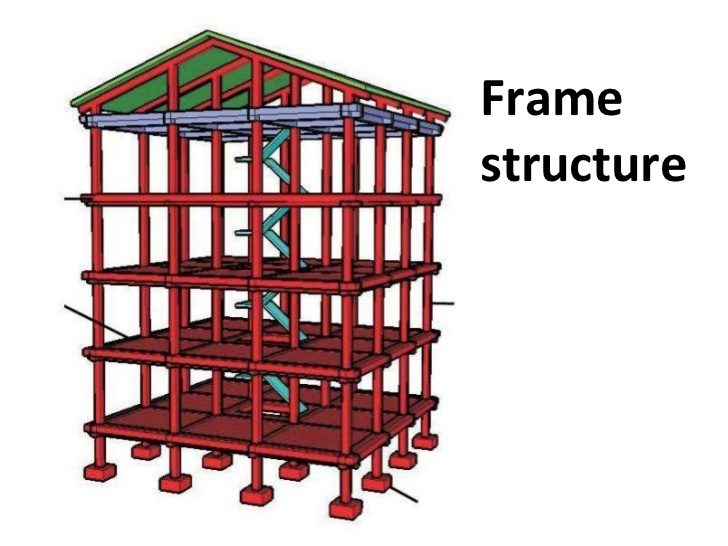There are several types of frame construction commonly used in building and construction, each with its own benefits and limitations. Here are some of the most common types of frame construction:
Wood Frame Construction:
This is the most common type of frame construction used in North America and is especially popular for residential buildings. Wood frame construction uses lumber, such as 2x4s or 2x6s, to create the structural frame of a building. This type of construction is relatively easy and quick to build and is also cost-effective. Additionally, the wood frame construction is a good insulator, helping to keep buildings warm in the winter and cool in the summer.
However, the wood frame construction is vulnerable to fire and moisture damage, which can compromise the structural integrity of the building. It also requires regular maintenance to prevent rot, insect infestations, and other issues.
Steel Frame Construction:
This type of frame construction is becoming increasingly popular, especially for commercial and industrial buildings. Steel frame construction uses steel columns and beams to create the structural frame of a building. This type of construction is extremely strong and durable and can withstand extreme weather conditions, such as hurricanes and earthquakes. Additionally, the steel frame construction is fire-resistant and low-maintenance.
However, steel frame construction is typically more expensive than wood frame construction and can be difficult to insulate.
Concrete Frame Construction:
This type of frame construction uses reinforced concrete to create the structural frame of a building. Concrete frame construction is extremely strong and durable and can withstand extreme weather conditions, such as hurricanes and earthquakes. Additionally, it is fire-resistant and low-maintenance.
However, the concrete frame construction is typically more expensive than wood frame or steel frame construction and is also very heavy, which can require additional structural support. It is also not a good insulator, so additional insulation is typically required.
Masonry Frame Construction:
This type of frame construction uses brick, concrete blocks, or other masonry materials to create the structural frame of a building. Masonry frame construction is strong and durable and is also fire-resistant and low-maintenance. Additionally, masonry is a good insulator, helping to keep buildings warm in the winter and cool in the summer.
However, masonry frame construction is typically more expensive than wood frame construction and can be difficult and time-consuming to build. It is also heavy, which can require additional structural support.
Modular Frame Construction:
This type of frame construction involves building prefabricated modules in a factory, which are then transported to the building site and assembled on site. Modular frame construction is quick and efficient, and can be less expensive than traditional on-site construction. Additionally, modular construction can be more environmentally friendly, as it generates less waste and can be built using sustainable materials.
However, modular construction is limited in terms of design flexibility, as the modules must be designed to fit within specific size and weight restrictions. Additionally, there may be transportation and assembly costs associated with modular construction.
Hybrid Frame Construction:
This type of frame construction combines two or more of the above construction methods to create a unique building design. For example, a building may use wood frame construction for the lower levels and steel frame construction for the upper levels. Hybrid construction can offer the benefits of multiple construction methods, such as strength, durability, and cost-effectiveness.
However, hybrid construction can be more complex and expensive than using a single construction method, and may require additional design and engineering expertise.
In conclusion, there are many types of frame construction available for building and construction, each with its own benefits and limitations. The choice of construction method will depend on a variety of factors, such as the building’s intended use, location, and budget.

